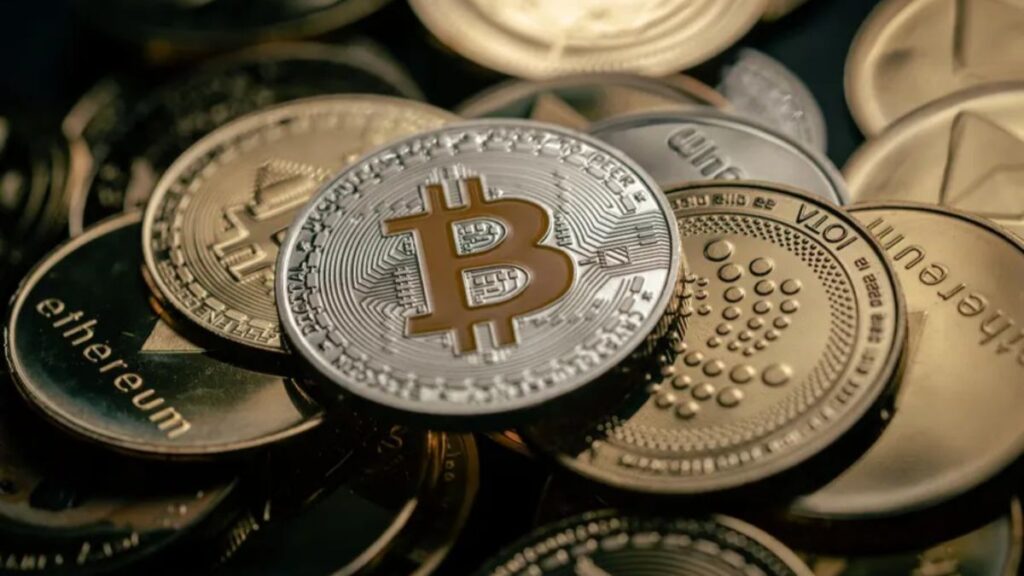TL;DR
- The crypto market surpassed 4 trillion dollars in capitalization after a 16% rise in Q3 2025, its most forceful expansion since 2021.
- DeFi assets and stablecoins were the main catalysts, with Ethereum, BNB, and emerging perpetual DEX tokens gaining significant ground.
- Trading volumes on both centralized and decentralized platforms reached record levels, supported by fresh institutional inflows and renewed retail participation.
The third quarter of 2025 delivered a powerful rebound across digital assets, with performance reminiscent of the 2021 cycle but under more mature market dynamics. Capitalization passed the 4 trillion mark after months of sustained inflows from funds, fintech platforms, and treasury allocations by tech-focused corporations. Analysts point to a balance between speculative demand and utility-driven activity, especially in derivatives, tokenized assets, and cross-chain liquidity rails gaining adoption in Asia, Europe, and Latin America.
Growth was not restricted to the leading coins. Smaller cap tokens tied to real world asset protocols and restaked liquidity services recorded increased activity. Several venture-backed platforms in Singapore, Dubai, and Switzerland reported new capital commitments for institutional DeFi strategies, combining yield generation with tokenized collateral for lending.
Institutional Momentum And New Leaders
Ethereum’s surge above 4,900 dollars in August, even briefly, signaled strong confidence in its expanding role as a settlement layer for financial applications. Hedge funds and pension allocators have embraced staking-linked products, while reputable custody providers in the United States and South Korea noted a rise in long-term ETH holdings. BNB’s trajectory followed a similar pattern as Binance Smart Chain recovered user activity through competitive fees and a wave of new automated market makers.
Stablecoins amplified this momentum by providing on-ramps for large investors seeking predictable settlement. The renewed rise of USDC in cross-border transfers, combined with USDe’s rapid ascent among algorithmic options, added depth to on-chain lending and liquidity pools across multiple networks. Even regional neobanks in Brazil and Turkey have begun pilot integrations with stablecoin APIs, allowing customers to transition seamlessly between fiat and digital balances.

DeFi Expansion And Exchange Recovery
The leap to more than 160 billion dollars in total value locked restored confidence in decentralized finance after a period of caution earlier in the year. Upgrades to security modules, insurance vaults, and yield products have convinced many users who once left for centralized products to return to decentralized platforms. The swift growth of protocol-owned liquidity and token sinks has helped stabilize price movements and attract sophisticated trading strategies.










